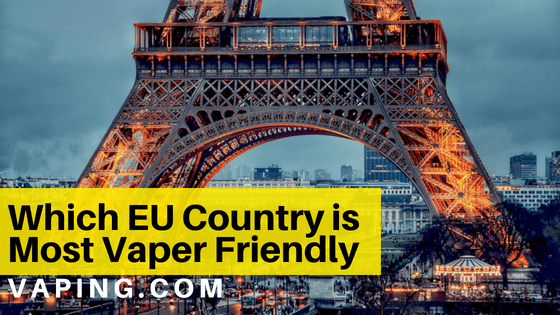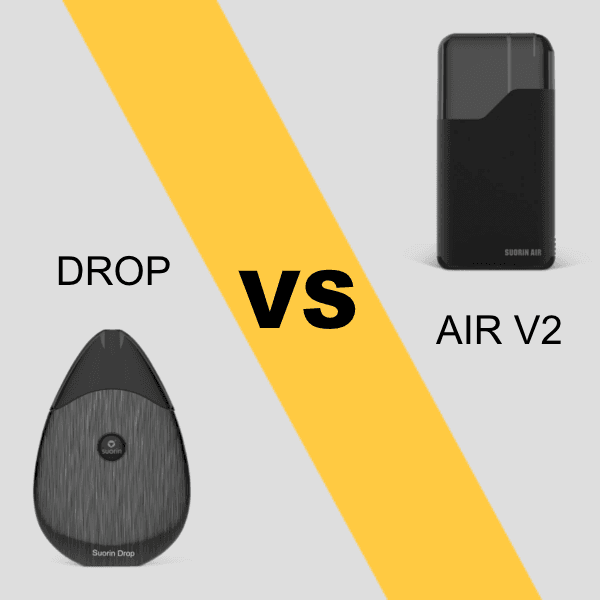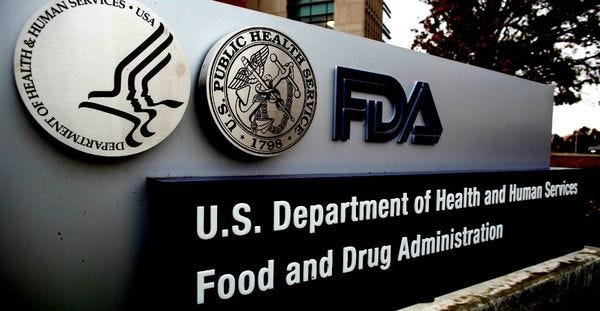A new report, which ranks EU countries by their vaper-friendliness, warns that some EU countries are restricting access to vape products and jeopardising citizens health.
Published by the Institute of Economic Affairs, the Nanny State index tracks 'overbearing lifestyle regulations' on product categories including alcohol, food/soft drinks, tobacco and e-cigarettes.
Their latest report centres on vaping and ranks European countries based on their approach to harm-reducing nicotine products.
"Nanny State" Interventions
Christopher Snowdon, the author of the report, lays out the case against e-cigarette regulation right at the start of the report.
"Nanny state interventions" are invariably promoted on grounds of health and yet it is difficult to see how clamping down on vaping benefits public health," he says.
"Paternalistic arguments can be made for interventions designed to deter people from drinking, smoking and eating too much, but laws which deter the use of e-cigarettes do not just restrict liberty, they are also likely to harm health."
He cites evidence of a "growing consensus that vaping is at least 95% safer than cigarette smoking".
And claims that the majority of people who use e-cigarettes regularly are current or former smokers and are rarely used by young people who have not previously smoked.
The report concludes that "reduced-risk nicotine products offer smokers a pleasurable alternative to cigarettes, but only if governments allow access to them".
The most vaper-friendly countries
In the country rankings, Sweden comes out on top.
Sweden is fairly liberal on e-cigarette regulation. It is also one of the only European countries where snus, a smokeless tobacco alternative, is legal.
The United Kingdom, Germany, the Czech Republic and the Netherlands all tie for second place in the list.
In these countries, there are no restrictions on public vaping, there are no special taxes on products and no rules on cross-border sales. They also share only mild restrictions on vaping advertising.
Bottom of the list were Finland and Hungary. Vape products are subject to heavy taxes and controls in these countries.
The report acknowledges that, in some ways, there have been improvements across Europe. Nicotine e-liquid is now legal in every European country except Switzerland.
It also praises some countries' approaches to tobacco harm reduction. Health authorities in England, for example, have started advocating the use of e-cigarettes over regular tobacco cigarettes.
The report also notes, however, that some countries have gone backwards in their vaper friendliness.
In 2016, Italy and Portugal were the only EU countries that taxed e-liquid. This year, the number of countries with an excise tax increased to 12.
The number of countries that prohibit vaping wherever smoking is banned also rose from nine to 12 between 2016 and 2018.
The report is critical of the EU as a whole, particularly the organisation's Tobacco Products Directive (TPD).
TPD, which has become law in all 28 EU member states, imposes restrictions on vapour products and vape advertising across member countries.
This means that, in the EU, e-cigarette tanks are limited to a capacity of no more than 2ml, nicotine-containing e-liquid can be sold in one refill containers of no more than 10ml and e-liquid nicotine strength can be no more than 20mg/ml.
How does the EU compare to the US
Speaking to vaping.com, the report's author said that comparisons between the EU and the United States were tricky.
He explained that the United States doesn't have TPD restrictions, which is a bonus. There are also no federal laws that restrict vaping, but some states have introduced tough rules and taxes.
There are about a dozen states where vaping is restricted in public places and in workplaces.
Many states also have taxes on vape products, which is against the spirit of non-paternalism.
All this makes comparisons between the EU and the United States as a whole quite complicated.
"You could probably come up with a ranking for a specific state but doing the whole country would be pretty much impossible," Snowdon said.
Although there are currently few restrictions on vaping products in the United States, the Food and Drug Administration makes it difficult for vape manufacturers to bring new products to market.
This is in spite of their intention to "commit to encouraging innovations that have the potential to make a notable public-health difference"with regards to smoking.






Leave a comment
This site is protected by hCaptcha and the hCaptcha Privacy Policy and Terms of Service apply.